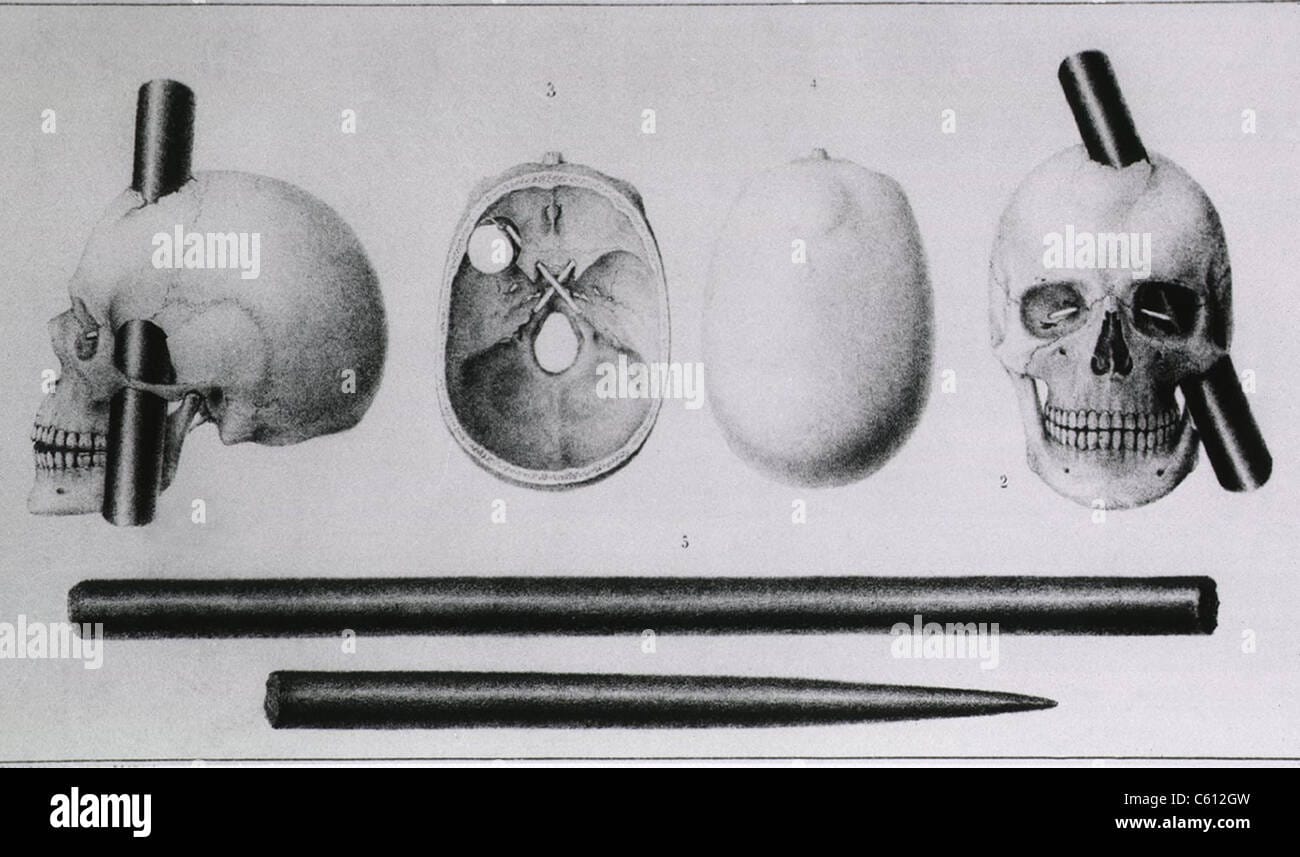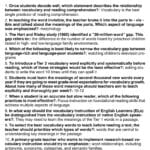The year is 1848. A young railroad foreman named Phineas Gage is at work in Cavendish, Vermont, when a sudden explosion sends a 13-pound tamping iron hurtling through his skull. Against all odds, Gage survives. But the man who emerges from this horrific accident is profoundly changed, sparking a medical mystery that continues to captivate us today. This article delves into the best Phineas Gage books, unraveling the myth from the man and exploring his enduring legacy in neuroscience.
Gage’s Impact: Rewriting Brain Science
Phineas Gage’s survival against impossible odds revolutionized 19th-century brain science. Before his accident, the frontal lobe was largely a mystery, a “silent” area of the brain. Gage’s case dramatically altered this perspective. The tamping iron, in its destructive path, had taken with it a portion of Gage’s frontal lobe. While his physical recovery was surprisingly swift, the changes in his personality were startling. The once responsible and even-tempered Gage became impulsive, prone to profanity, and demonstrably unreliable. This suggested a profound connection between physical brain structure and complex human behaviors, a connection previously unexplored. Gage’s case wasn’t merely a medical anomaly; it was the dawn of neuroscience, offering the first real glimpse into the frontal lobe’s crucial role in personality, decision-making, and social behavior. It laid the groundwork for future research, opening up exciting new avenues of exploration into the intricate workings of the human mind.
The Real Story: Separating Fact from Fiction
The history of the Satanic leaf tailed gecko and the geographical, environmental, and historical mistakes of Chincoteague book demonstrate how easily stories can become distorted over time. Similarly, over the years, the details of Gage’s life have been embellished, transforming a verifiable medical case into something of a legend. Some accounts have exaggerated the extent of his injuries and the subsequent behavioral shifts. Fortunately, several meticulously researched Phineas Gage books offer a more accurate and nuanced portrait, carefully separating fact from fiction. These books illuminate the struggles Gage faced adapting to a life irrevocably altered by his injury, providing a glimpse into the human story behind the medical marvel.
Delving Deeper: Recommended Books on Phineas Gage
Numerous books explore the captivating narrative of Phineas Gage, each offering a unique perspective on his life, the accident, and its scientific significance. Here are a few particularly insightful reads:
| Title | Author(s) | Focus |
|---|---|---|
| Phineas Gage: A Gruesome but True Story About Brain Science | John Fleischman | Engaging narrative, accessible for a general audience, particularly younger readers. |
| An Odd Kind of Fame: Stories of Phineas Gage | Malcolm Macmillan | Comprehensive overview, historical context, and in-depth analysis. |
| Imagining Phineas Gage: A Novel about the World’s Most Famous Head Case | Paul A. Trout | A fictionalized account offering a different perspective on Gage’s experiences. |
| Phineas Gage: Case, Controversy, and Chronicle | Harlow, J. M | Original medical reports and observations by Dr. John Martyn Harlow, Gage’s physician. |
Beyond the Science: The Human Element
While Gage’s case is undeniably a landmark event in neuroscience, it’s crucial to remember the human element. He was more than just a scientific curiosity; he was a man whose life took an unimaginable turn in an instant. The most compelling Phineas Gage books recognize this, exploring not only the science but also the personal impact of this traumatic event. They offer a window into his resilience, his struggles to adapt, and the ways in which his relationships and daily life were affected.
The Ongoing Quest: Unanswered Questions
Even today, Phineas Gage’s story remains a source of ongoing research and debate. Modern neuroimaging techniques allow researchers to analyze his skull and speculate on the precise location and extent of his brain damage. Some experts believe the damage may have been more extensive than initially believed, potentially affecting areas beyond the frontal lobe. There’s even discussion about how the methods used to reconstruct and visualize his injury might have influenced our understanding of its effects. This continued investigation highlights the complexities of the brain and the ever-evolving nature of scientific understanding. While we may never have all the answers, the pursuit of knowledge continues, driven by the enduring power of Gage’s story and its potential to unlock further secrets of the human mind.
A Closer Look at “Phineas Gage: A Gruesome but True Story About Brain Science”
John Fleischman’s Phineas Gage: A Gruesome but True Story About Brain Science offers a captivating and age-appropriate introduction to this pivotal figure in neuroscience. While aimed at younger readers, the book’s engaging narrative and clear explanations make it accessible to anyone interested in learning more about Gage’s story. Fleischman doesn’t shy away from the “gruesome” details of the accident, but presents them in a factual and sensitive manner, explaining how this seemingly impossible survival transformed a tragic accident into a landmark medical case. It explores the scientific breakthroughs Gage’s case inspired, providing a foundation for understanding the brain’s incredible complexity. The book also touches on the human element, reminding us that behind every medical case study is a real person whose life was irrevocably changed.
This book is an excellent starting point for anyone curious about Phineas Gage and the early days of neuroscience. It can spark a lifelong interest in the human brain and its mysteries, perhaps even inspiring future generations of neuroscientists.
- Senior at What Age: Benefits & Eligibility Guide - March 29, 2025
- Unlocking Senior Benefits: How Old is a Senior? Your Complete Guide - March 29, 2025
- Master Russian Politeness:A Guide to Saying Please - March 29, 2025
















